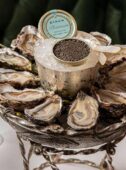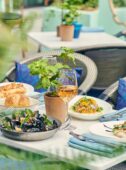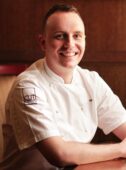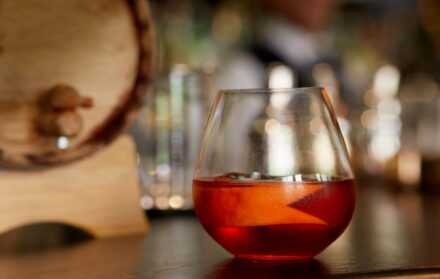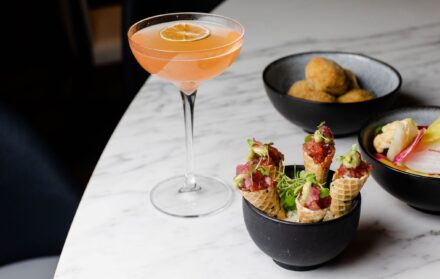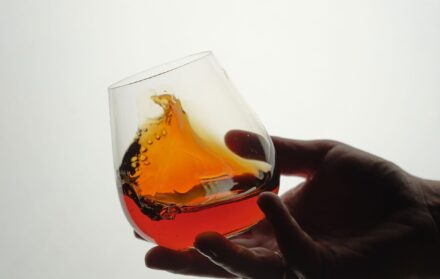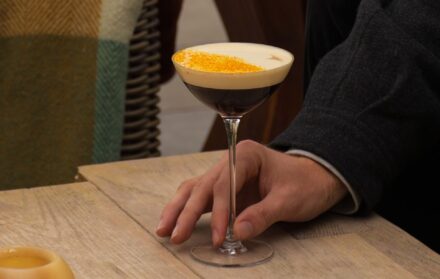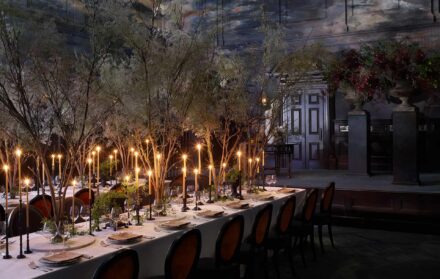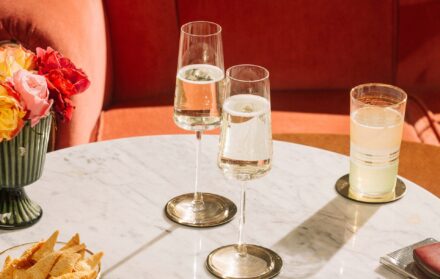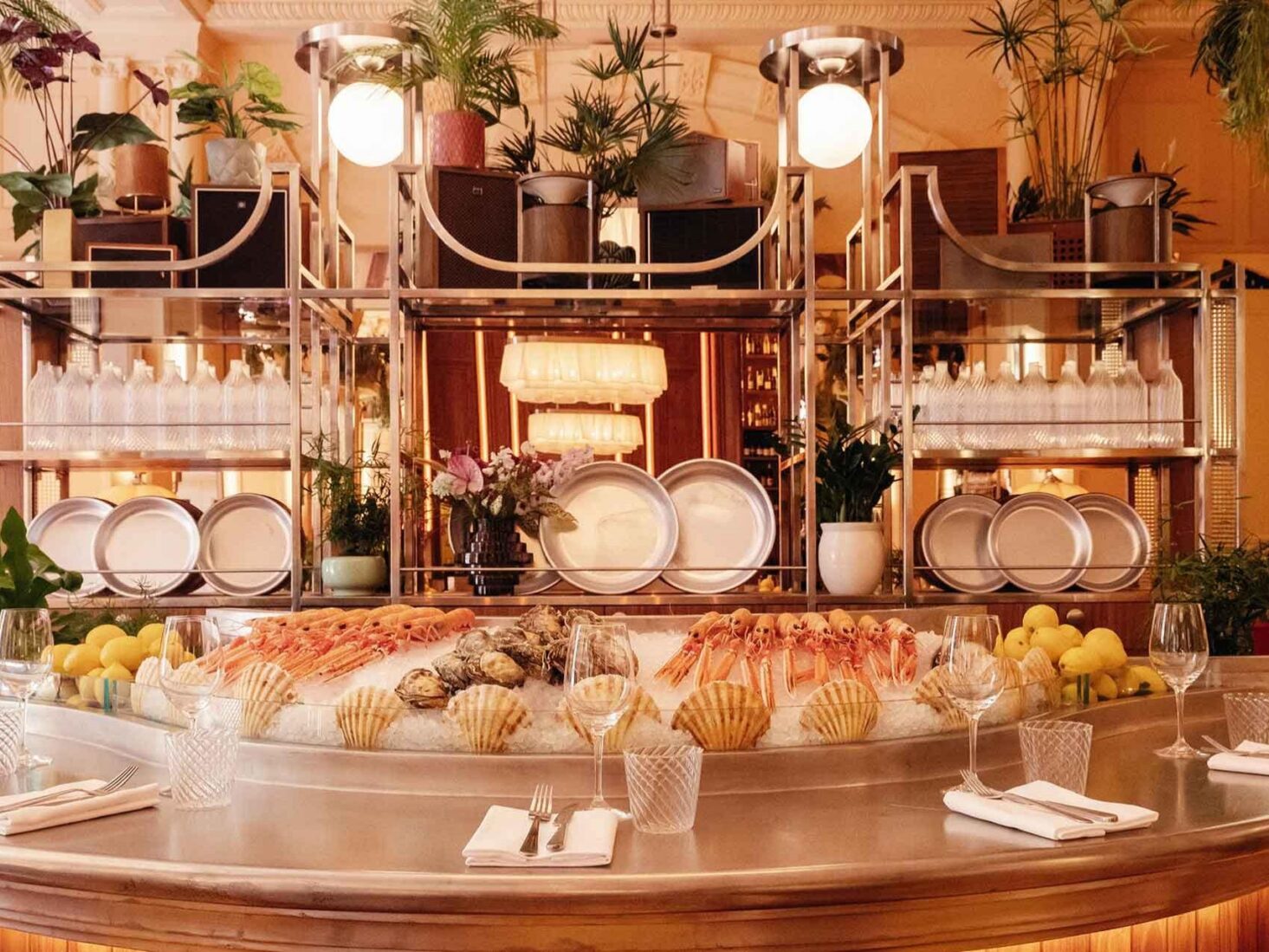
Stylish Restaurants Championing Sustainable Seafood
Seafood is on the crest of a wave at Neptune, Brat and Westerns Laundry – where sustainability is the catch of the day
At Neptune in Bloomsbury’s Principal Hotel, there’s an almost imperceptible groan as the server schleps the seafood platter from kitchen to table. It’s barely audible, I wonder for a second whether it’s the tray buckling under the weight of ice and shellfish or salivary glands kicking into overdrive. The chilled bounty is easy on the eyes. Bug-eyed carmine crayfish peer out beyond pink-hued carapaces of spider crabs and langoustines. Little glass pots are laden with mackerel escabeche and trout tartare. Thin, opaline discs of scallop carpaccio are fanned out on the shell, while plump Morecambe Bay and wild Blackwater oysters luxuriate in their own brine. It occurs to me as they course a journey down my throat that perhaps it was the oysters that made the groan, a last gasp of sentience ahead of their descent down the oesophagus.
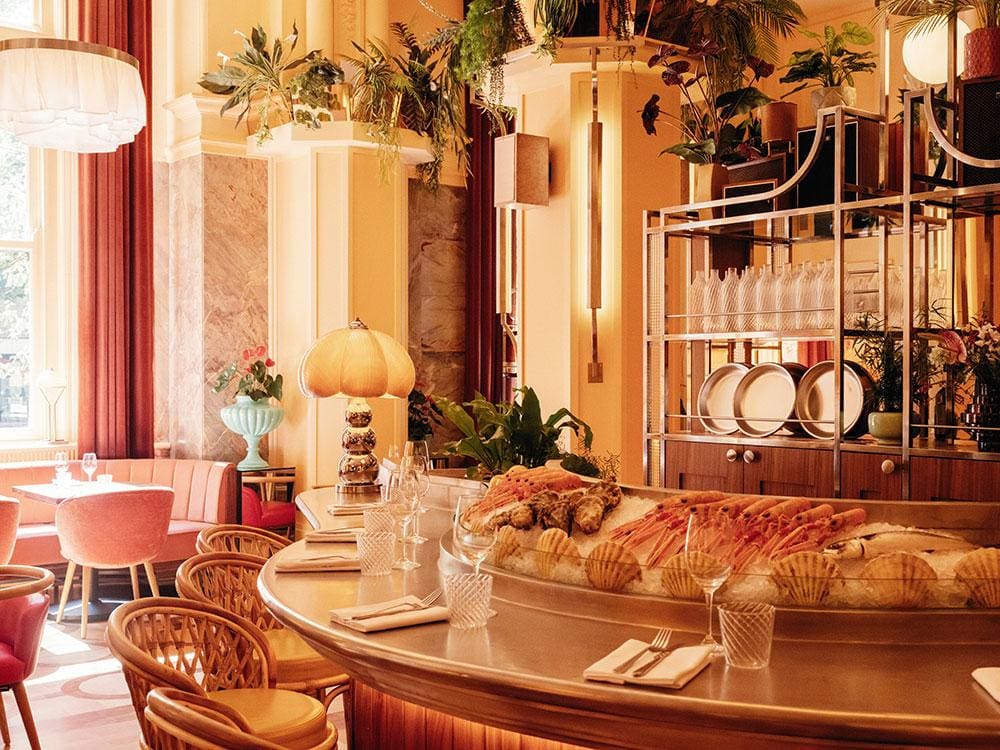
The seafood platter isn’t the first dish you’d put forward when it comes to innovation. It is common knowledge that shellfish should be left unadorned so that the flavour of the sea comes through clear and uninterrupted. The less messing around with the fish during the cooking process, the more you can taste and appreciate the natural flavours.
Brett Redman, Neptune’s head chef, however, is not the type of cook to sit on his hands. Deep consideration has gone into how to improve certain dishes. He lets the flavours of the produce do the heavy lifting on the seafood platter but distinguishes it with a unique array of garnishes, including house-made hot sauce, dashi vinegar and aguachile. “We don’t just serve every piece of fish steamed with a choice of lemon, Tabasco and pepper,” Redman remarks. “We do a trout tartare with a spice mixture of what you’d put in rye bread – cloves, pepper, coriander seeds, nutmeg.”
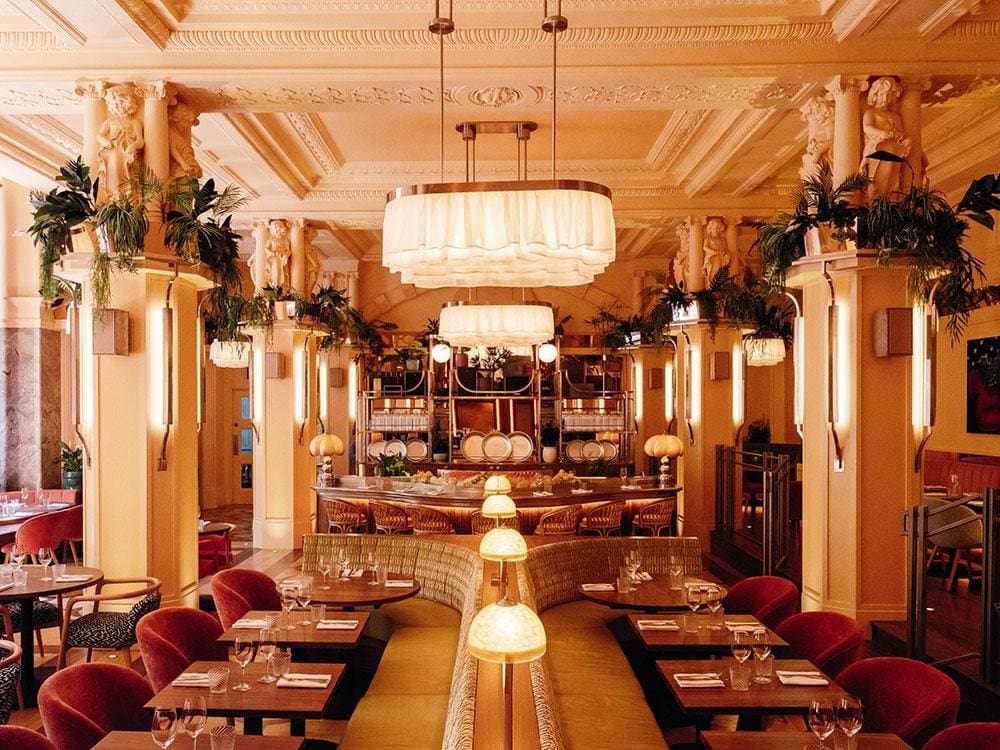
A few dishes bend the mind. Homemade kombu caviar is created with a jelly of agar agar, dried Japanese kombu and fresh Cornish kombu seasoned with white soy sauce. The jelly is gently warmed and then immersed in ice-cold oil to form caviar-shaped droplets. Lemon peel is blanched and blended into a puree then mixed through crème fraiche and hung until thick. Taken together on a perfectly crisp platform of fried potato, the combination is on a par with sturgeon roe caviar.
Behind a discreetly marked door at the junction of Redchurch Street and Shoreditch High Street you’ll find Brat, Tomos Parry’s first solo restaurant, which has become one of the definitive launches of 2018. Named after the colloquial old English word for ‘turbot’, the curiously-monikered restaurant takes a novel approach to cooking seafood.
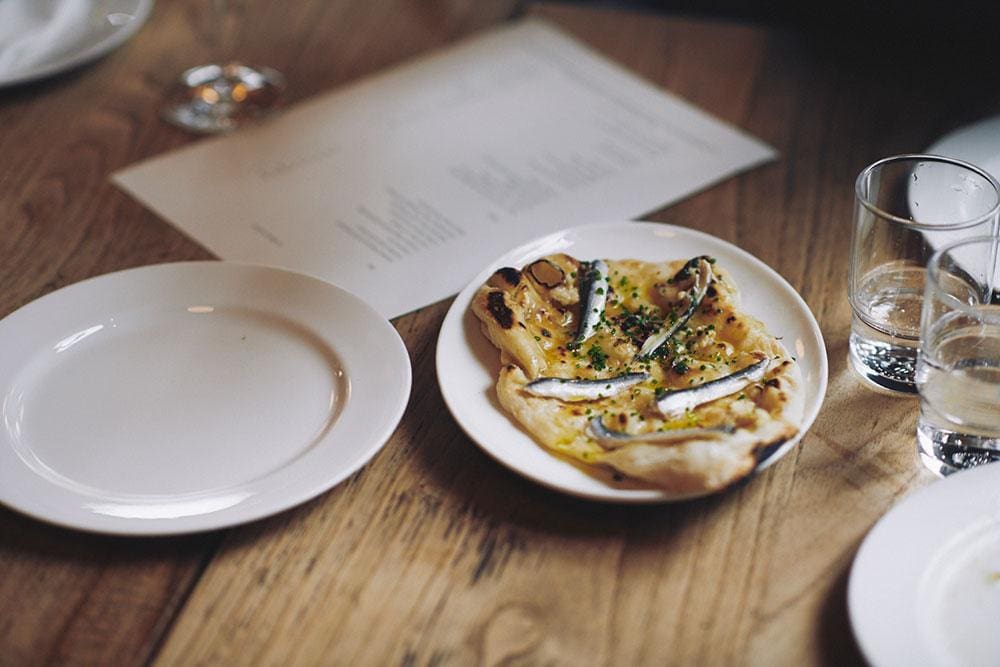
“Because we cook exclusively over fire and wood, preparation can be different to other restaurants,” says Parry. “At Brat, one of the dishes is a whole turbot, slowly grilled in a fish cage, so the way we handle the seafood can be unique; cooking over fire is a volatile and variable method, you have to attend to it from beginning to end, but when executed correctly, the outcome is fantastic.” The approach certainly seems to be working. Brat is awash with critical plaudits and reservations are hard to come by.
Westerns Laundry has been a wildly popular seafood venture since it launched in 2017. Chef David Gingell wanted to create a modern take on a seafood restaurant, one with a relaxed ambience serving high-quality food sans fuss. He holds that Londoners would rather dine in a considered environment than a chain and that the crux of running a competitive seafood joint in the capital is procuring the freshest ingredients and preparing them simply.
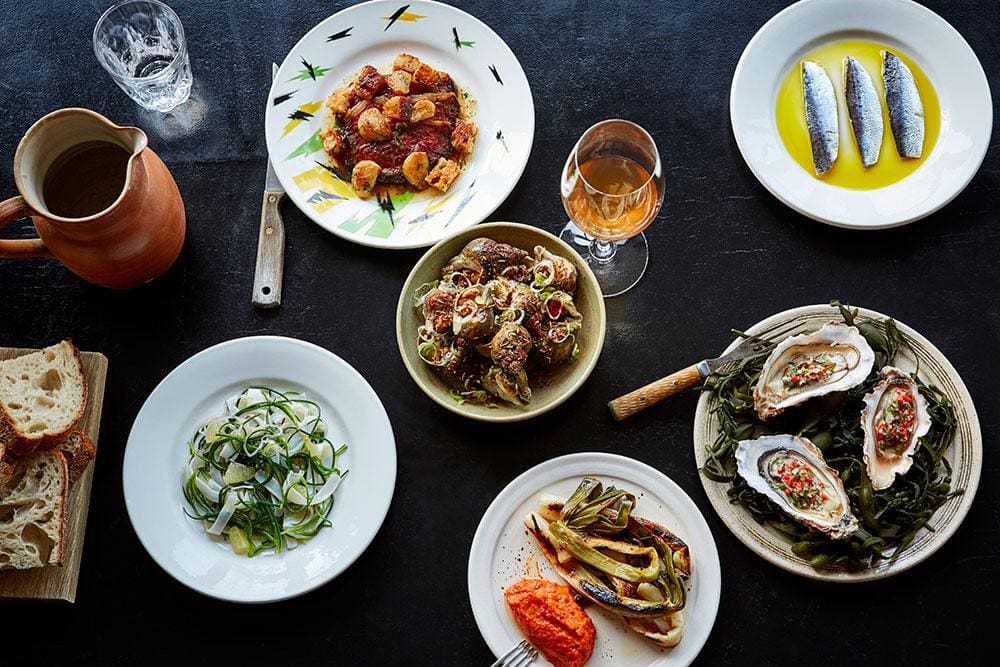
“Rather than batch-buying pre-prepared fish,” says Gingell, “we like to buy our seafood whole, so we take care of it from start to finish. It’s high in quality, travels well and it’s great for our kitchen to spend time mongering the whole fish.” Gingell sources his seafood from independent suppliers in Cornwall, opting to pay more for day-boat fish than catches of lesser quality.
Provenance seems to the common denominator that defines this new wave of seafood restaurant. “Using what’s available determines whether we’re sustainable,” Redman explains. “If you’re forced into using commodity fish like farmed salmon, seabass and sea bream, you’re creating a separate market. We only buy fish and shellfish from reputable suppliers who are working the seas themselves. They’re family operators who need to manage the stocks and make sure that their business is sustainable for generations to come.”
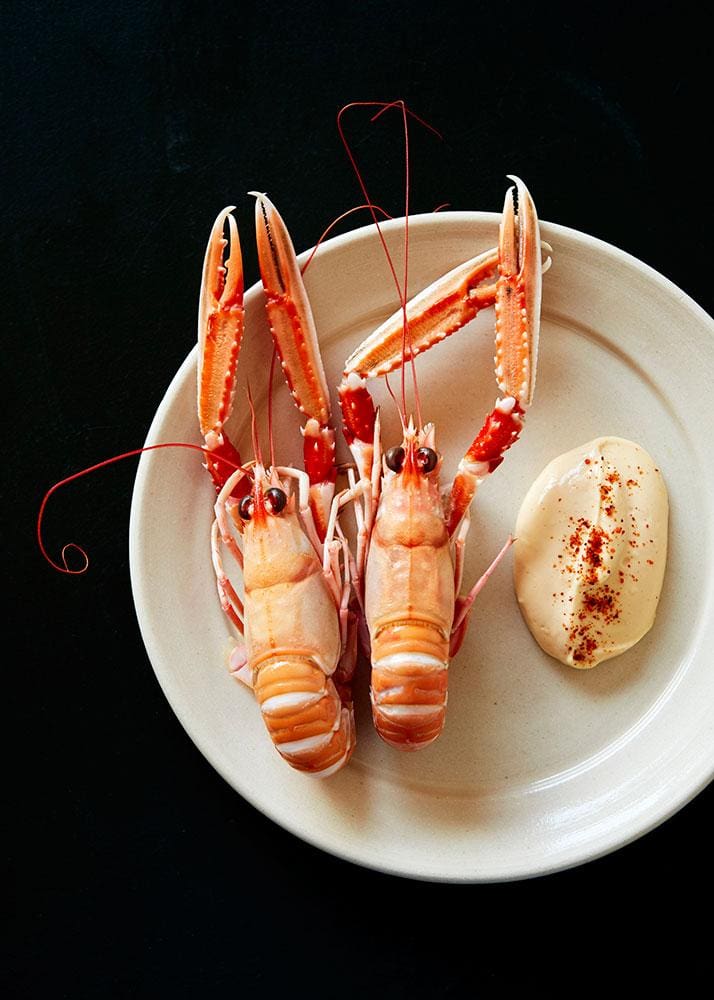
As Tomos Parry sees it: “The most important thing for us is the quality of our fish, and the best quality fish will always come from sustainable organic producers. Sourcing fish from sustainable sources, caught using day-boats, will always result in a higher-quality product.”
While they share this concern with many of the established seafood restaurants you’ll find across Mayfair, their innovative approach to preparation marks them out as a whole new kettle of fish.
